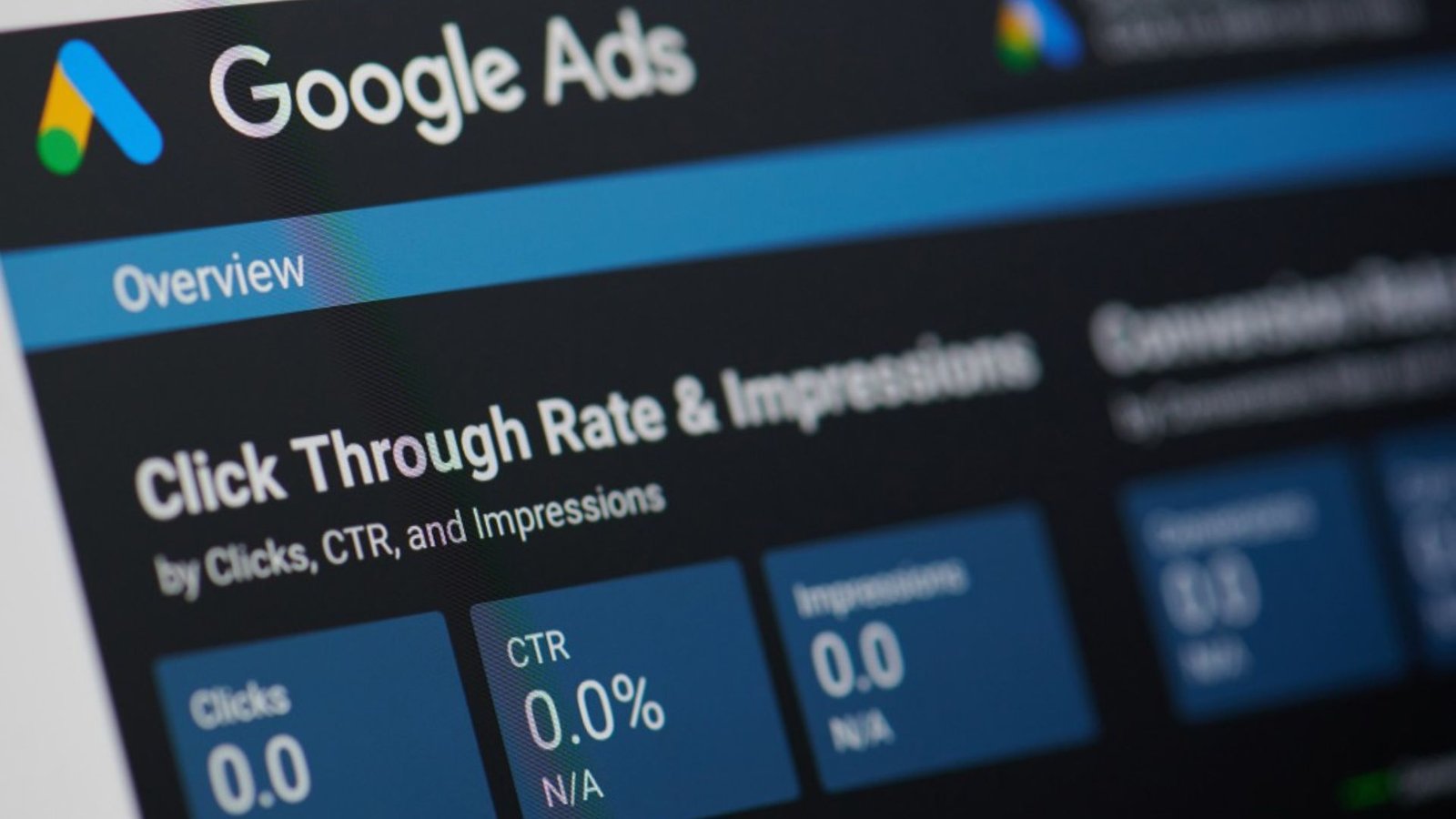Landing pages play a crucial role in the success of paid search campaigns. They serve as the first point of contact for users who click on your ads, and their design, content, and functionality can significantly impact your conversion rates. A well-optimized landing page can turn visitors into customers, while a poorly designed one can cause high bounce rates and lost opportunities. Here’s a detailed look at the role of landing pages in paid search success and how to create ones that convert.

Alignment with Ad Copy
One of the most important aspects of a successful landing page is its alignment with the ad copy. The message on the landing page should directly reflect what was promised in the ad. Consistency between the ad and the landing page helps to build trust and ensures that users feel they have landed on the right page.
Key Points:
- Ensure the headline on the landing page matches the ad’s message.
- Use similar language and keywords as those in the ad.
- Reinforce the offer or value proposition highlighted in the ad.
Clear and Compelling Call to Action (CTA)
The CTA is a critical element of any landing page. It guides the user towards the desired action, whether it’s making a purchase, signing up for a newsletter, or downloading a resource. A strong, clear CTA can dramatically improve your conversion rates.
Key Points:
- Place the CTA prominently above the fold.
- Use action-oriented language that prompts users to act immediately.
- Test different CTA placements, colors, and wording to optimize performance.
Focused and Relevant Content
The content on your landing page should be focused on a single objective, whether that’s generating leads, making a sale, or collecting contact information. Avoid clutter and distractions that could confuse the user or detract from the main message.
Key Points:
- Keep the content concise and to the point.
- Highlight the key benefits or value proposition clearly.
- Use bullet points, subheadings, and visuals to make the content easy to scan.
Mobile Optimization
With a significant portion of paid search traffic coming from mobile devices, it’s essential that your landing pages are fully optimized for mobile. A mobile-friendly landing page ensures that users have a seamless experience regardless of the device they’re using.
Key Points:
- Use responsive design to ensure the page adapts to different screen sizes.
- Optimize load times to prevent users from bouncing due to slow performance.
- Ensure the CTA and important information are easily accessible on mobile.
Fast Load Times
Speed is crucial when it comes to landing pages. Users are unlikely to wait for a slow-loading page, and delays can lead to higher bounce rates and lower conversion rates. Google also considers page load speed as a factor in its Quality Score, which can impact your ad performance.
Key Points:
- Optimize images and reduce file sizes to improve load times.
- Minimize the use of heavy scripts and unnecessary plugins.
- Use tools like Google PageSpeed Insights to monitor and improve page speed.
Trust Signals
Trust is a key factor in convincing users to take the desired action on your landing page. Including trust signals, such as customer testimonials, security badges, or industry certifications, can help build credibility and reassure users that they are making a safe and informed decision.
Key Points:
- Include testimonials or reviews from satisfied customers.
- Display security badges, particularly if you’re collecting payment information.
- Highlight any certifications, awards, or endorsements your business has received.
A/B Testing and Optimization
Continuous improvement is essential for landing page success. A/B testing allows you to experiment with different versions of your landing page to see which one performs better. By testing various elements like headlines, images, CTAs, and layouts, you can optimize your landing page for maximum conversions.
Key Points:
- Test one element at a time to accurately determine its impact.
- Use A/B testing tools like Google Optimize or Optimizely.
- Regularly analyze results and make data-driven decisions to improve performance.
Minimal Distractions
A successful landing page should have a clear focus and minimal distractions. Too many links, forms, or additional offers can overwhelm the user and detract from the main objective. Keep the design clean and straightforward to guide users toward the CTA.
Key Points:
- Limit navigation options and external links to keep users focused.
- Remove any unnecessary elements that do not contribute to the conversion goal.
- Use whitespace strategically to create a clean, uncluttered design.
Persuasive Visuals
Visual elements, such as images, videos, and infographics, can enhance the effectiveness of your landing page by making it more engaging and persuasive. However, visuals should support the overall message and not overshadow the key content.
Key Points:
- Use high-quality images that are relevant to the offer or product.
- Incorporate video to explain complex concepts or demonstrate product features.
- Ensure visuals are optimized for quick loading and mobile viewing.
Conclusion
Landing pages are a critical component of paid search success. They act as the bridge between your ads and conversions, and their design and content can significantly influence the effectiveness of your campaigns. By ensuring alignment with ad copy, optimizing for mobile, maintaining fast load times, and continuously testing and refining your landing pages, you can improve your conversion rates and achieve better ROI from your paid search efforts.




